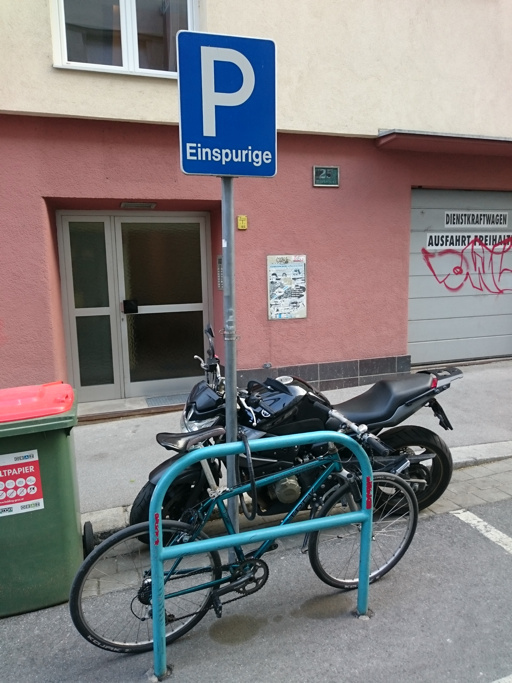About Tracks and Lanes
March 30th, 2021 | by Andreas Richter
(2 min read)
In German track (Spur) and lane (Fahrstreifen) are often mixed up but they are not the same. A road lane can host single and double track vehicles even with different tracks. But a track is not a lane…
A track can be a trail but we are talking about the distance of wheels on an axle. The railway uses flanges to keep on track and in the railway domain we have quite a couple of them (called gauge). Most common is “standard gauge” with 1435 mm used all over the world and for most of the high speed systems. The most famous narrow gauge is “CAP gauge” with 1065 mm used e.g. in Africa, Taiwan, Japan, Australia and New Zealand. Its biggest disadvantage is that top speed is limited to 160 km/h (without tilting) due to stability issues; with standard gauge you start getting this trouble between 1000 and 1400 km/h (the trouble of breaking the sound barrier would come earlier, though). The most common broad gauge is the Russian five foot gauge with 1520 mm but the Iberian gauge with 1668 mm is even wider! India has the widest gauge with 1676 mm.
But coming back on track on the road lane. With the following picture from Graz, Austria, you will understand the difference between track and lane:

Thus, please don’t use Spur for Fahrstreifen. There is no “eine Spur gesperrt” there is a whole lane closed! And a “dreispurige Autobahn” has often four lanes and can be used by vehicles with various tracks (the elements of a “road” will be another story). Finally, if you want to keep on track you should use guidance like it is sometimes used for public transport.
By the way: The English spur means Felssporn in German. It’s a lateral ridge of a mountain but not its top. And now I would like to spur (anspornen) you to use track and lane appropriately.